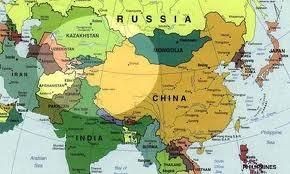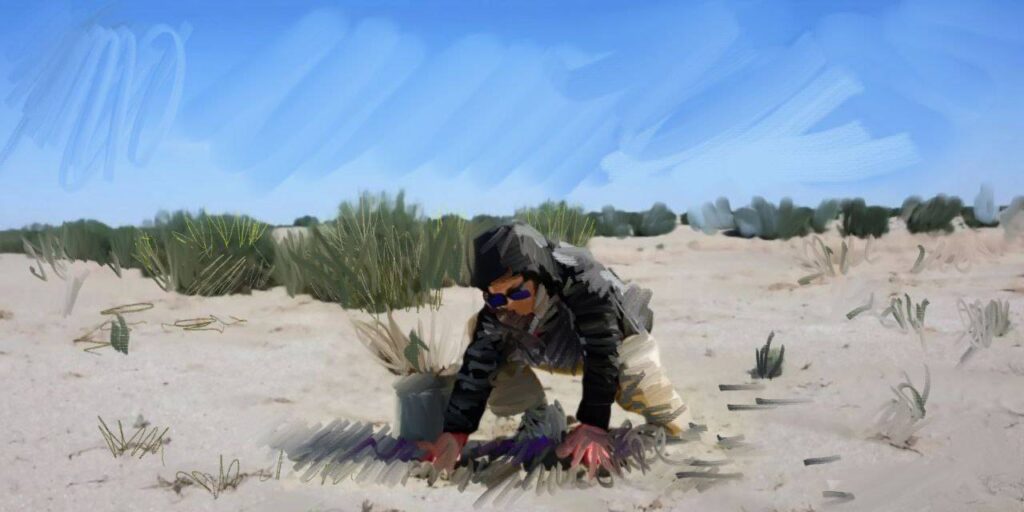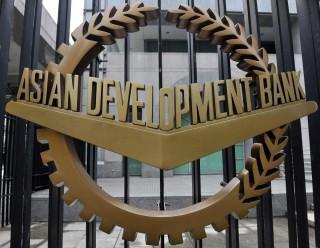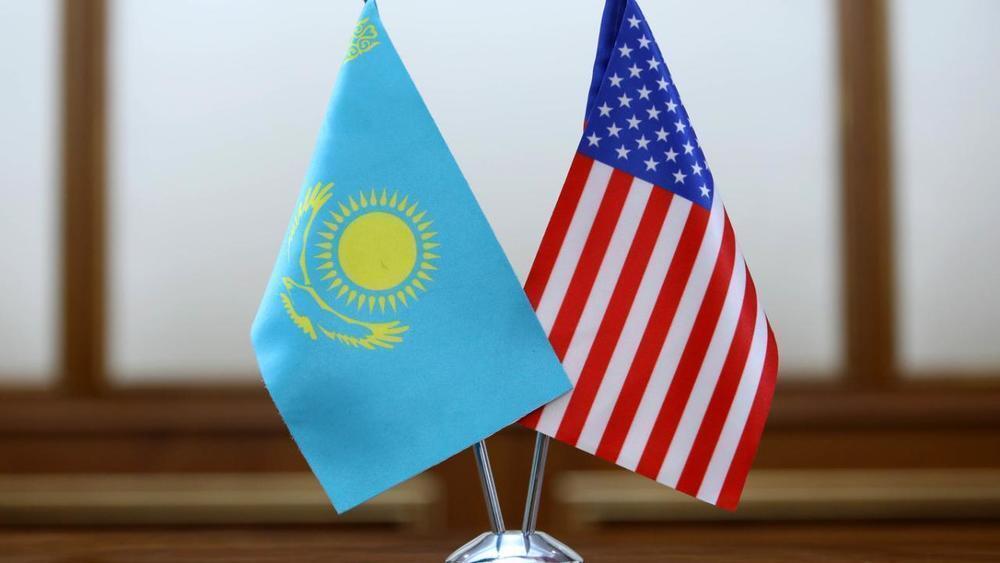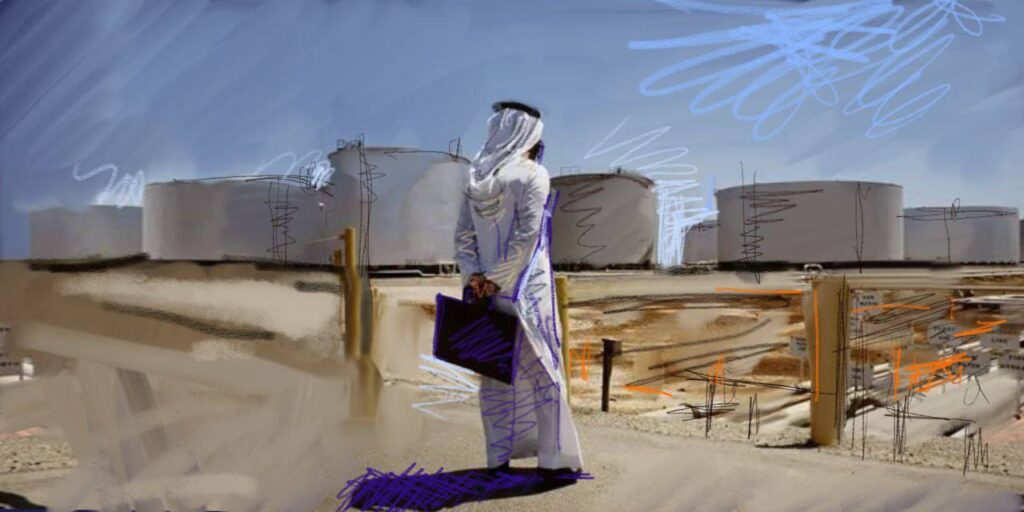ASTANA (TCA) — Thanks to projects like the New Silk Road and the Eurasian Economic Union, major transit routes between Europe and China now run through Kazakhstan, Kazakh Deputy Foreign Minister Roman Vassilenko said at the EU-Eurasia-China Business Summit that opened in Athens, Greece on October 9.
He said that Kazakhstan is the largest country on the planet that has no access to the open sea. But rather than accept this as a disadvantage, Kazakhstan has decided to use its location in the heart of Eurasia to unlock trade routes for the benefit of the country and the world, the Kazakh foreign ministry reported on its website.
“Our aim is to enhance our own transport and transit capabilities, stimulate the growth of trade flows across the country and ensure our competitiveness in the global services market. This will in turn make it easier and quicker to trade between east and west, to create employment and opportunity along the route and spread regional and global prosperity,” Vassilenko said, adding that this is why Kazakhstan has been actively implementing its Nurly Zhol program, which is aimed at modernizing the country’s transport infrastructure.
Nurly Zhol is designed to turn Kazakhstan into a key Eurasian transport and logistics hub, connecting the North, South, West and East.
Another major project that shares similar goals and ambitions to the Nurly Zhol program is China’s Belt and Road initiative, Vassilenko said, as both projects are aimed at facilitating trade, eliminating barriers, ensuring transit and developing a reliable transport and logistics infrastructure.
He said that over 2,500 kilometres of new railways and 4,000 kilometres of new roads, including the Western China – Western Europe highway, which will be completed this year, have been or are being built across Kazakhstan.
This has been coupled with the new logistics infrastructure needed for a massive increase in freight. Container traffic across Kazakhstan from China westwards and from Europe eastwards has increased by 100 times in five years, to 2016. Around 25 massive freight trains every week now pass through Kazakhstan from China to Europe.
Rail container traffic from China to Europe and backwards across Kazakhstan has already doubled between 2015 and 2016 but is expected to increase almost eight fold again by 2020. Kazakhstan already accounts for 70 percent of transit traffic passing from China to Europe and vice versa, Vassilenko said.
An important element of the Eurasian transcontinental corridor is the Kazakh-Chinese terminal in the Chinese seaport of Lianyungang. The port is the main point of consolidation of cargo flows to and from Kazakhstan and the key transit port for shipment of goods to and from East and South-East Asia.
In addition, special economic zone Khorgos in the east of Kazakhstan on the border with China and Aktau seaport in the west on the Caspian Sea are important logistic gates for the new Silk Road. From Aktau, raw materials and goods flow not just to Europe but also Russia in the north and Iran to the south.
The Kazakh Deputy Foreign Minister concluded that the New Silk Road complements the objectives of the Eurasian Economic Union and other regional organizations, such as the Shanghai Cooperation Organization, which is to create a region of prosperity.
